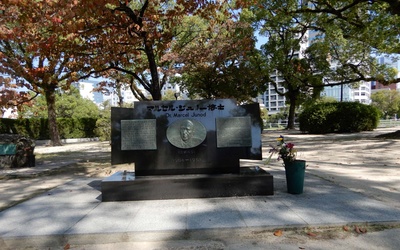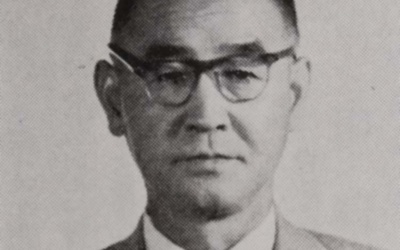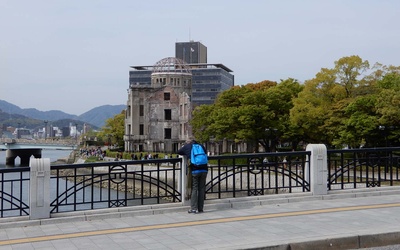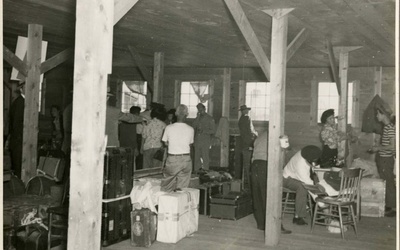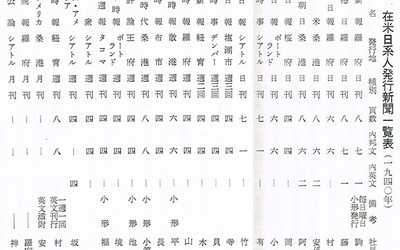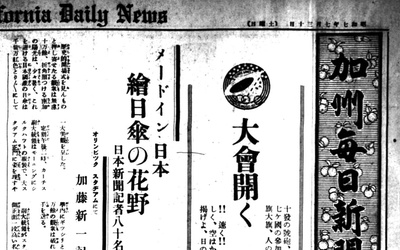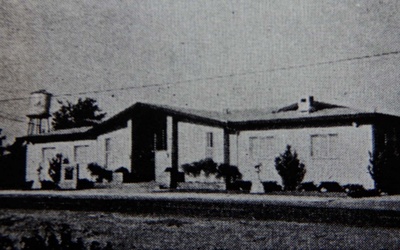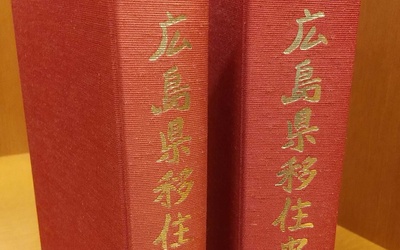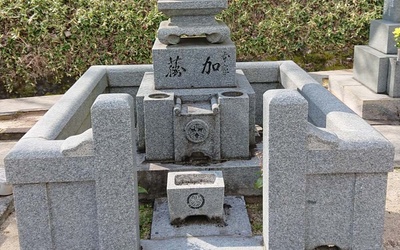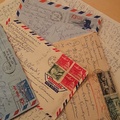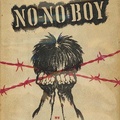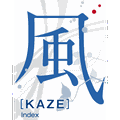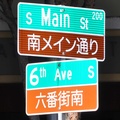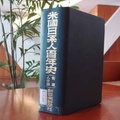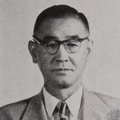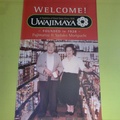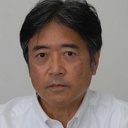
Ryusuke Kawai
@ryusukekawaiJournalist and non-fiction writer. Born in Kanagawa Prefecture. Graduated from the Faculty of Law at Keio University, he worked as a reporter for the Mainichi Shimbun before going independent. His books include "Yamato Colony: The Men Who Left Japan in Florida" (Shunpousha). He translated the monumental work of Japanese American literature, "No-No Boy" (Shunpousha). The English version of "Yamato Colony," won the 2021 Harry T. and Harriette V. Moore Award for the best book on ethnic groups or social issues from the Florida Historical Society.
(Updated November 2021)
Stories from This Author
Part 19: The Chugoku Shimbun and Kato immediately after the bombing
Aug. 27, 2021 • Ryusuke Kawai
Witnessing the devastation wrought by the atomic bomb on the city of Hiroshima and the people there, and losing his younger brother and sister in the bombing, was the starting point for Kato Shinichi's later dedication to the peace movement. In his diary, which I introduced last time, about his rushing around Hiroshima on the day of the bombing, Kato wrote the following about the deaths of his younger brother and sister. His younger brother Shozo (24 years old at …
#18 Running around on the anniversary of the atomic bombing
Aug. 13, 2021 • Ryusuke Kawai
On August 6, 1945, Shinichi Kato, who was the head of the news department at the Chugoku Shimbun newspaper, was on his way to work near Nishi-Hiroshima Station when he saw the flash of the atomic bomb and immediately headed to the Chugoku Shimbun headquarters in the city. He recorded what he saw and felt at the time, and published it 26 years later in 1971 in the magazine "Creating Peace and Coexistence," which he published as "Walking Through the …
No. 17: Because Hiroshima is the hometown of second-generation Americans?
July 23, 2021 • Ryusuke Kawai
On August 20, 1942, eight months after the outbreak of war between Japan and the United States, Shinichi Kato returned to Japan on a Japanese-American exchange ship and became a reporter for the Chugoku Shimbun newspaper in his hometown of Hiroshima. It is not known when or how he got the job, but his experience as a reporter for a Japanese-language newspaper in America likely played a part. The Chugoku Shimbun1 is a regional newspaper with its headquarters in Hiroshima …
Part 16: Detained and returned home on an exchange ship
July 9, 2021 • Ryusuke Kawai
Kato Shinichi did not leave a detailed record of what happened to him as a leading figure in the Japanese community as the editor-in-chief of a Japanese newspaper after the outbreak of war between Japan and the United States. He only wrote that "When war broke out between Japan and the United States, I was imprisoned in the Mizola Internment Camp in Montana, and returned to Japan on the first exchange ship from New York in June of the same …
15th: Becomes editor-in-chief of the American Business Daily...
June 25, 2021 • Ryusuke Kawai
Last time, I briefly touched on the strike issue surrounding Rafu Nichibei, the Japanese newspaper in Los Angeles where Kato Shinichi worked as a reporter, but this point is written in more detail in the section "Publications by Japanese Americans in the United States" in the "Centennial History of Japanese Americans in the United States," which Kato edited. According to the book, Abiko Hisataro, who was also a businessman, founded the newspaper "Nichibei" in San Francisco, and then expanded into …
#14 Becoming a reporter for a Japanese newspaper
June 11, 2021 • Ryusuke Kawai
Kato helped his father on the farm in central California, and when his father returned to Japan, he moved to Pasadena, near Los Angeles, to work in landscaping. However, he soon became a reporter for a Japanese newspaper, which marked the beginning of his long career in journalism. Japanese language newspapers naturally emerged in immigrant communities in North America, Hawaii, and South America. This is because, with language barriers making it difficult to obtain information, information in Japanese is essential …
#13 My father called me to California
May 28, 2021 • Ryusuke Kawai
Let's follow the footsteps of Shinichi Kato's father, Matsujiro, after he moved to the U.S. It is not clear which port in Japan Matsujiro left from in 1900, or where he landed in the U.S. In his profile written in "A Centennial History of Japanese Americans in the United States," Shinichi himself wrote that after coming to the United States, Matsujiro "opened a Japanese restaurant in Fresno, Central California, and later farmed in Pareja..." However, according to his nephew, Junji …
No. 12 Is Religious Ethos the Foundation?
May 14, 2021 • Ryusuke Kawai
From "History of Emigration to Hiroshima Prefecture" As mentioned last time , Hiroshima Prefecture, where Kato Shinichi was born, was an "immigration prefecture" that sent out the largest number of people overseas during the Meiji period. Looking at the number of immigrants nationwide, we can see that there are large differences between prefectures. As someone from Kanagawa Prefecture, I was not familiar with overseas immigration, and none of my relatives or neighbors had gone overseas. However, while reporting in Hiroshima, …
Part 11: Immigration to America and my father, Matsujiro
April 9, 2021 • Ryusuke Kawai
Did you leave Japan to make a name for yourself? According to his profile in "The Centennial History of Japanese Americans in the United States," his father, Matsujiro, left his newborn son, Shinichi, and his wife in Hiroshima in the year Shinichi was born (1900) and went to America. It is only a matter of speculation, but it is likely that he intended to go there to earn money. "The area where the Kato family lived used to be farmland, …
Part 10: Kato Family Grave
March 26, 2021 • Ryusuke Kawai
Harada Tomin confirms death Even after turning 80, Shinichi Kato was still devoted to peace activities such as disarmament issues. He died suddenly of a cerebral infarction at his home on the morning of February 9, 1982. His wife, Akiko, was born in the United States and preferred a modern lifestyle. The couple, who had lived in the United States for a long time, were open and harmonious, and even shared a bedroom. That morning, Yoshida's nephew, Akiko, called the …

